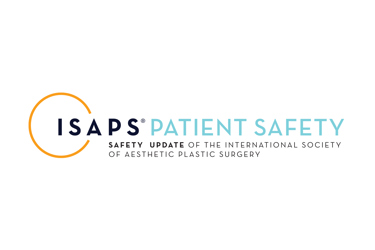Body Dysmorphic Disorder (BDD) affects 2% of the general population with an even higher percentage seeking cosmetic surgery (8 to 15%). Plastic surgeons have a responsibility to perform basic screening to assess for BDD, though as many as 10% of Clinical Practitioners will miss the diagnosis of BDD.
Such a screening is very important, as the suicide rate among patients with BDD is 45 times higher than the general population. Even after cosmetic surgery, more than 90% of BDD patients remain unhappy with their condition. These patients can be treated with therapy and medications.
View Recommendation